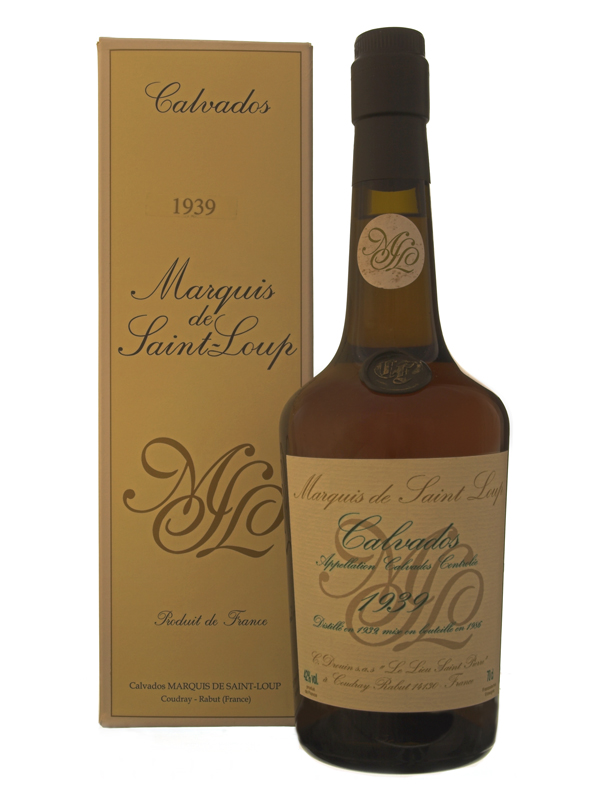The history of Cognac – Phylloxera vastatrix
The defeat of Napoleon in 1815 was a great relief to the Cognacais. In the following decades the town burst beyond its medieval walls and the new rich merchants such as Otard and Dupuy were able to show their wealth with large houses built in the woods around Cognac. Even so, Martell and Hennessy retained their pre-eminence and most crucially were able to set the process for which the growers would sell their brandies to the merchants. They formed hereditary relationships that were governed not by contract, but by the habit of regularly trading, which had become a style of the people in the area. The merchants’ position was strengthened in 1857 by a new law which enabled them to register their trademarks. Previously, most cognacs, especially in Britain had been sold under the merchants own names who had imported them in casks.
In 1861-2 a brief period of glory emerged when the customs duties were reduced by the British and sales tripled in 15 years to 450,000 hectolitres (65 million bottles) annually. From Latin America to Tsarist Russia, cognac became the fashionable spirit. The Charente became the biggest vineyard in France and thousands of acres of marginal land were planted with vines to cope with the new found demand in brandy.
But in 1871 the region was struck down with the dreaded Phylloxera vastatrix, a yellow beetle imported from the New World. The beetle feed on the roots of the vine, causing fungal infection and root deformation that eventually killed the plant .
The independence enjoyed by many of the growers, especially in the Champagnes, came to and end as the Phylloxera vastatrix beetle quickly killed off most of the vines. The survival of the brandy industry became a real issue during the 20 or so years it took to replant with Phylloxera resistant vines. Many growers decided to change crops to cereals as a means of paying the bills. It probably took more than 10 years to find a vine with a suitable rootstock that suited the chalky conditions of the Charente. It was in the 1880’s that a source was found by T V Munson, who lived in Texas near the Red River.
The Phylloxera plague changed the industry for good, and it was the larger well financed merchants who got the upper hand. Whilst could have exploited the growers by buying up the their land at very low prices, instead their exploitation was of a longer term. They lead the way offering vines grafted onto phylloxera resistant root stock, advice and fertilizer. This philosophy worked well for the biggest merchants, since it created a high level of allegiance from the growers who became dependant on merchants to sell their eaux de vie.
There were other struggles, though mainly as a result of fraud that had besmirched the good name of Cognac during the years of shortage. This was largely settled by legislation in 1905 and reinforced in 1929 by the special Acquit Jaune d’Or, the gold coloured certificate of origin which accompanies every load of cognac leaving the Charente region to its customers around the world.

